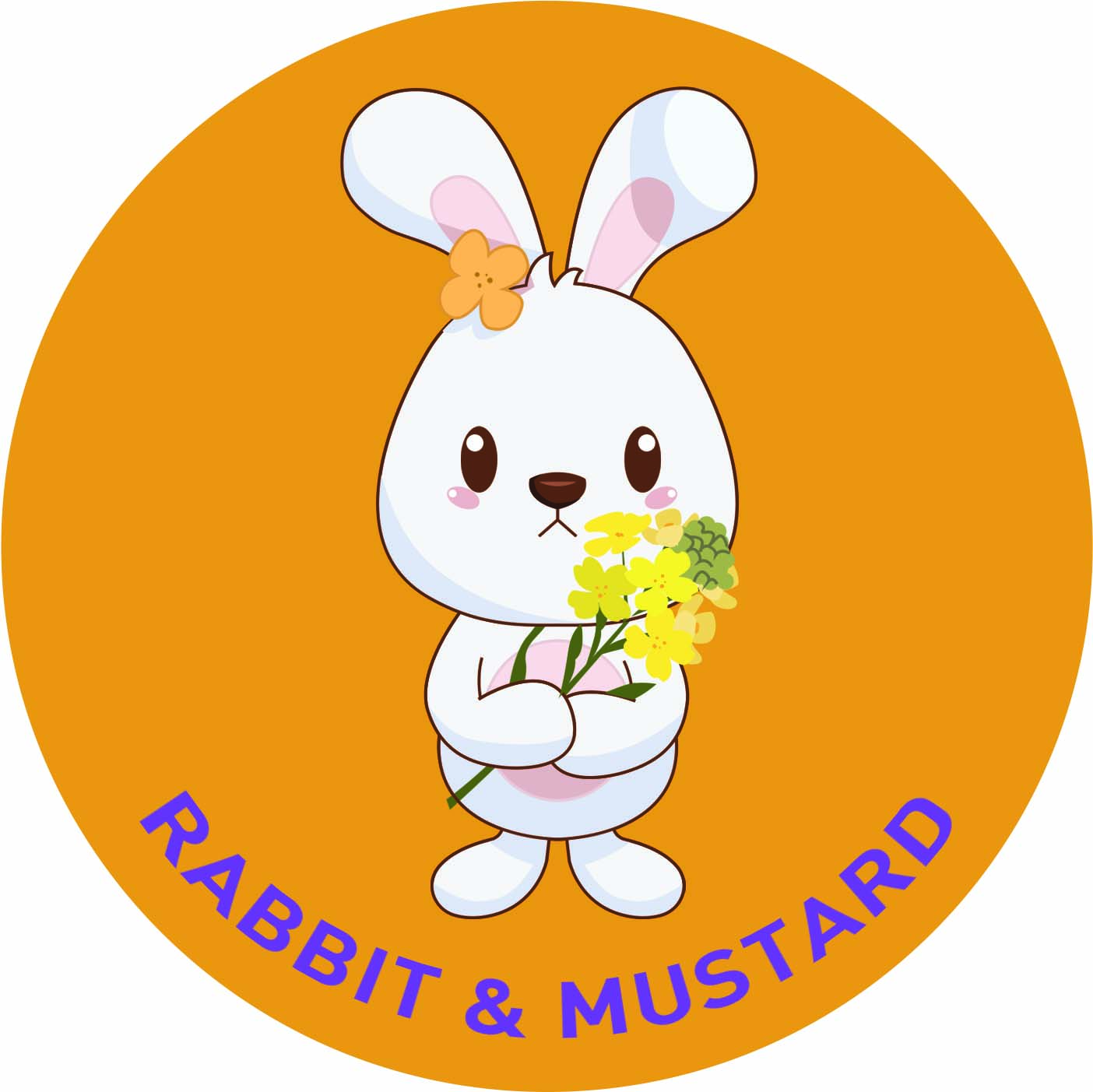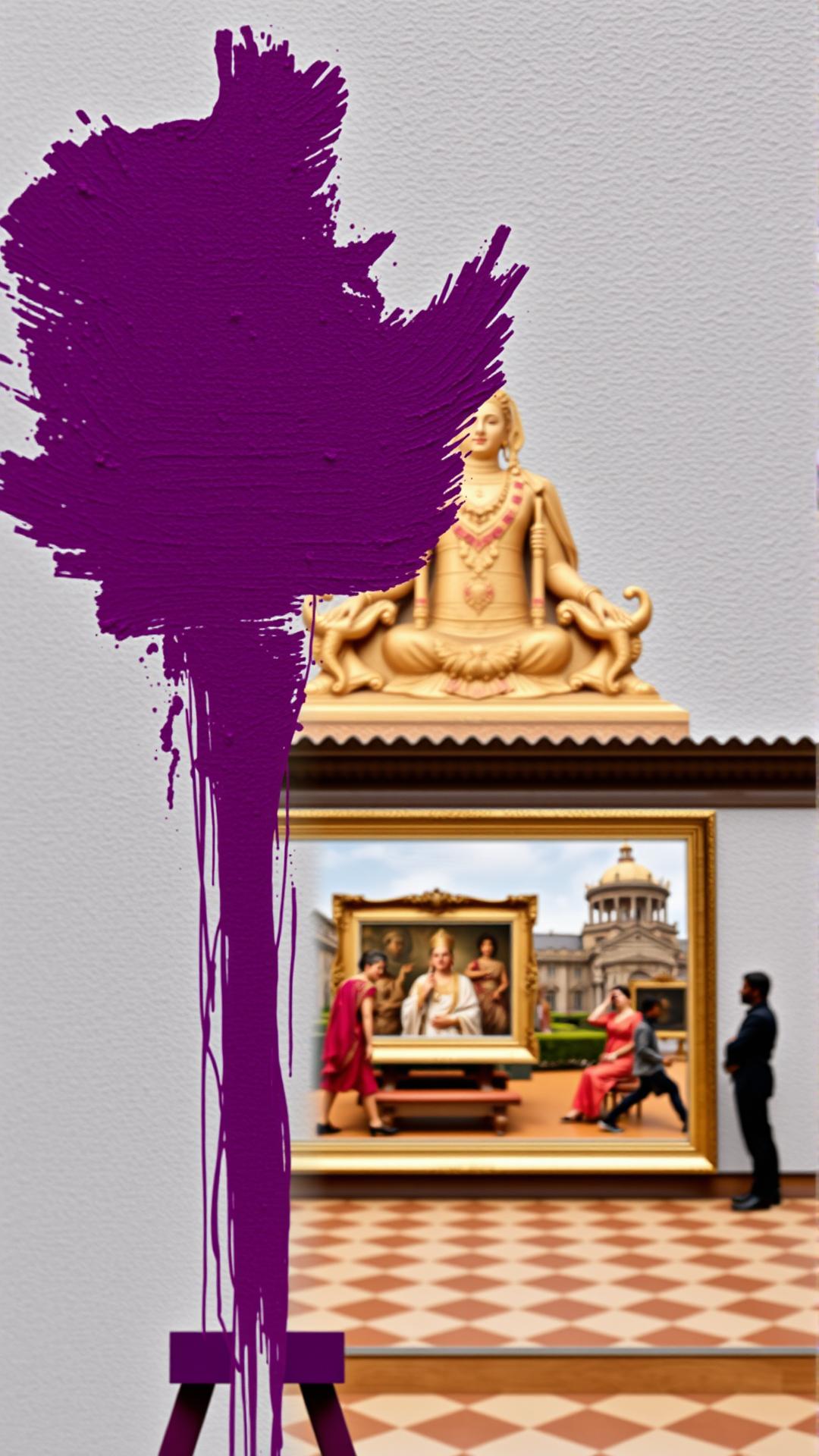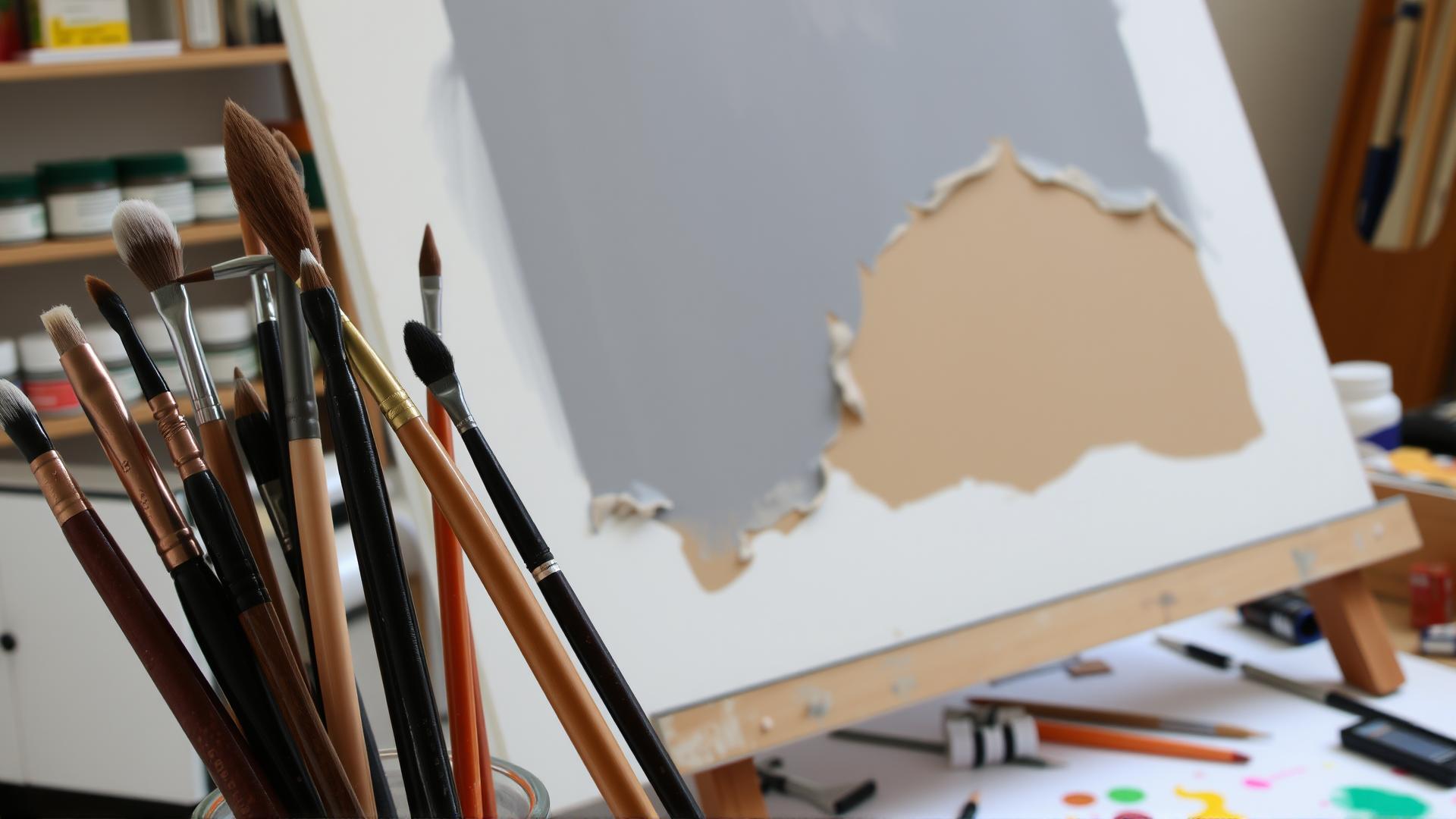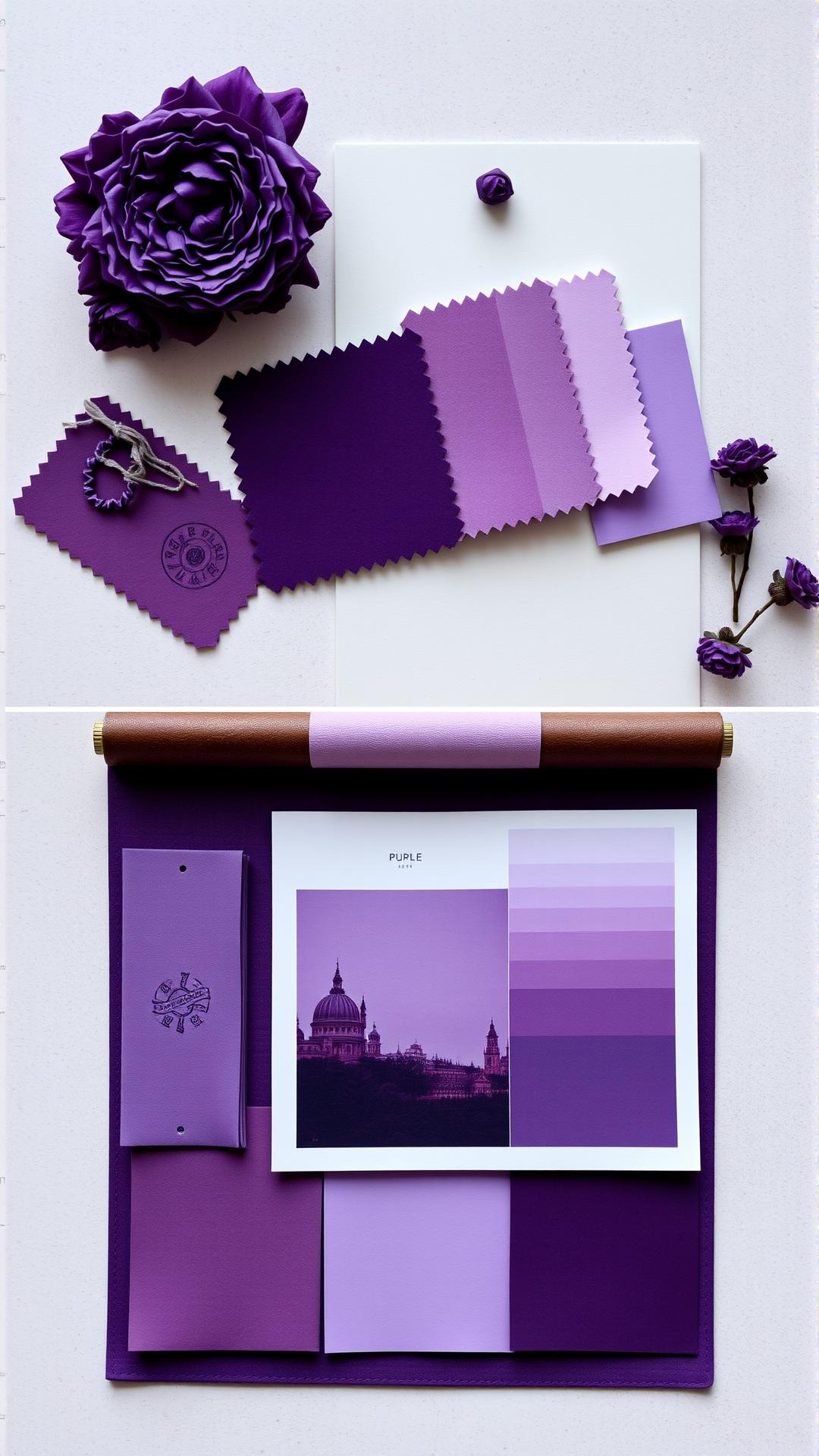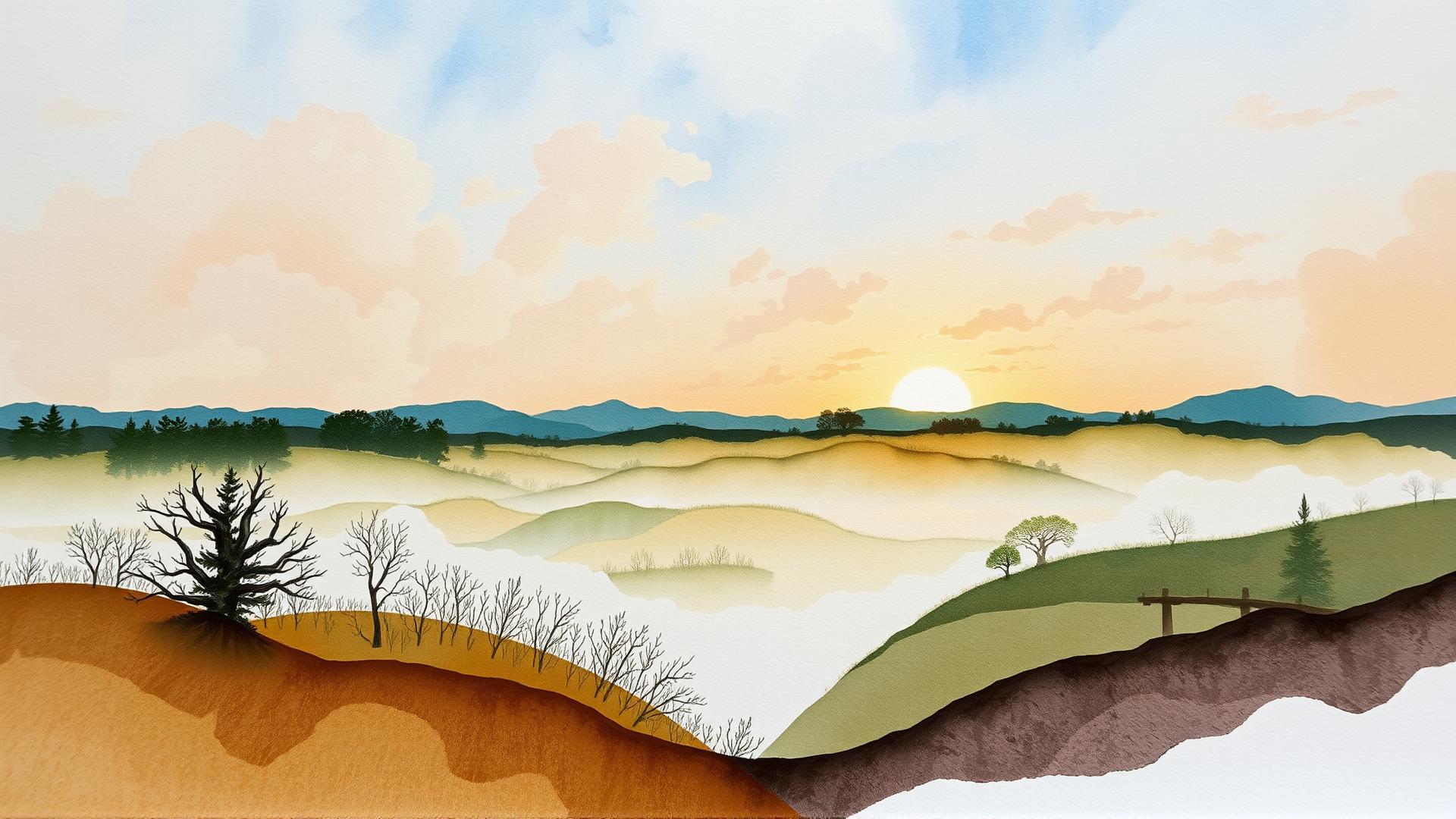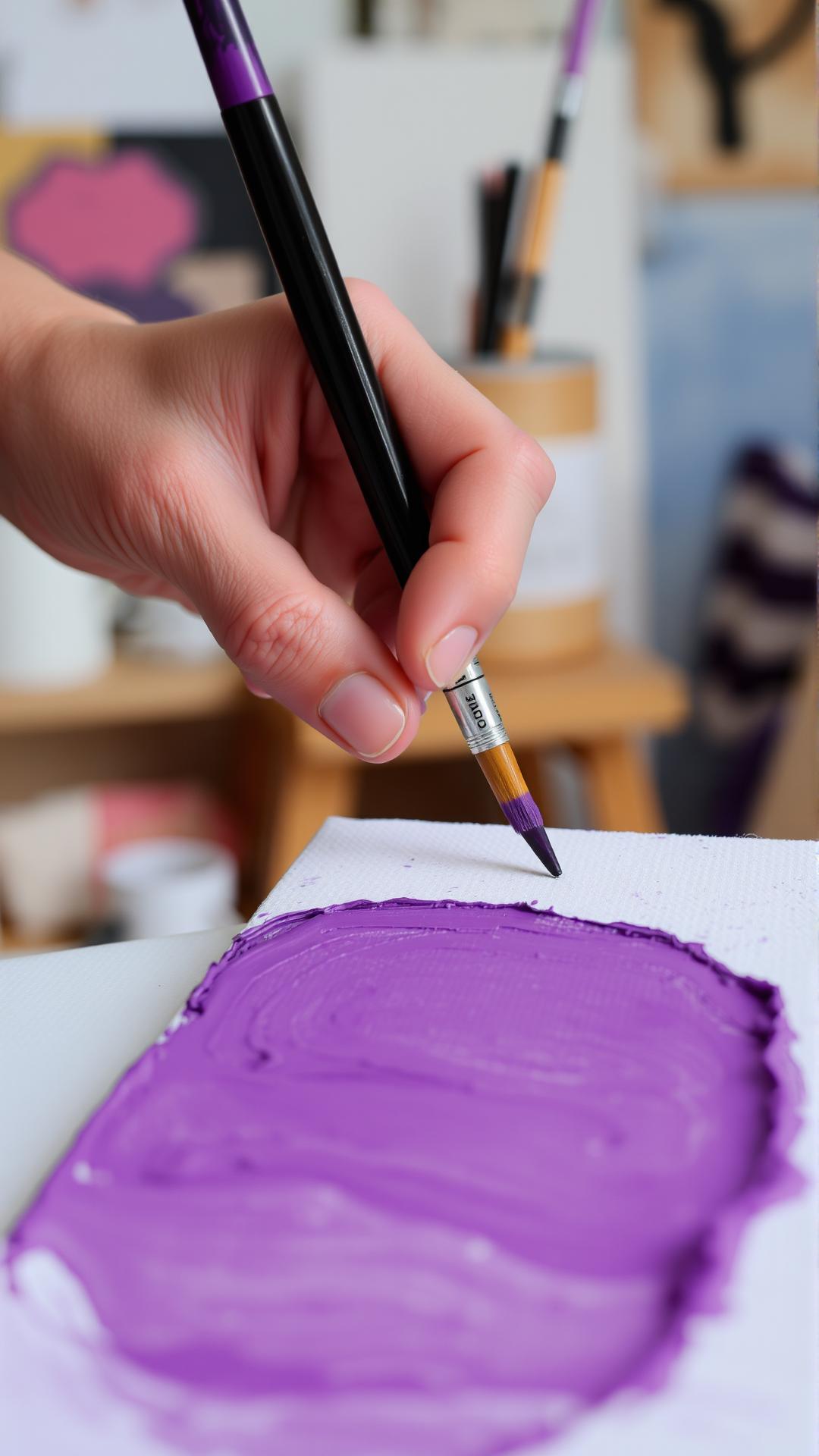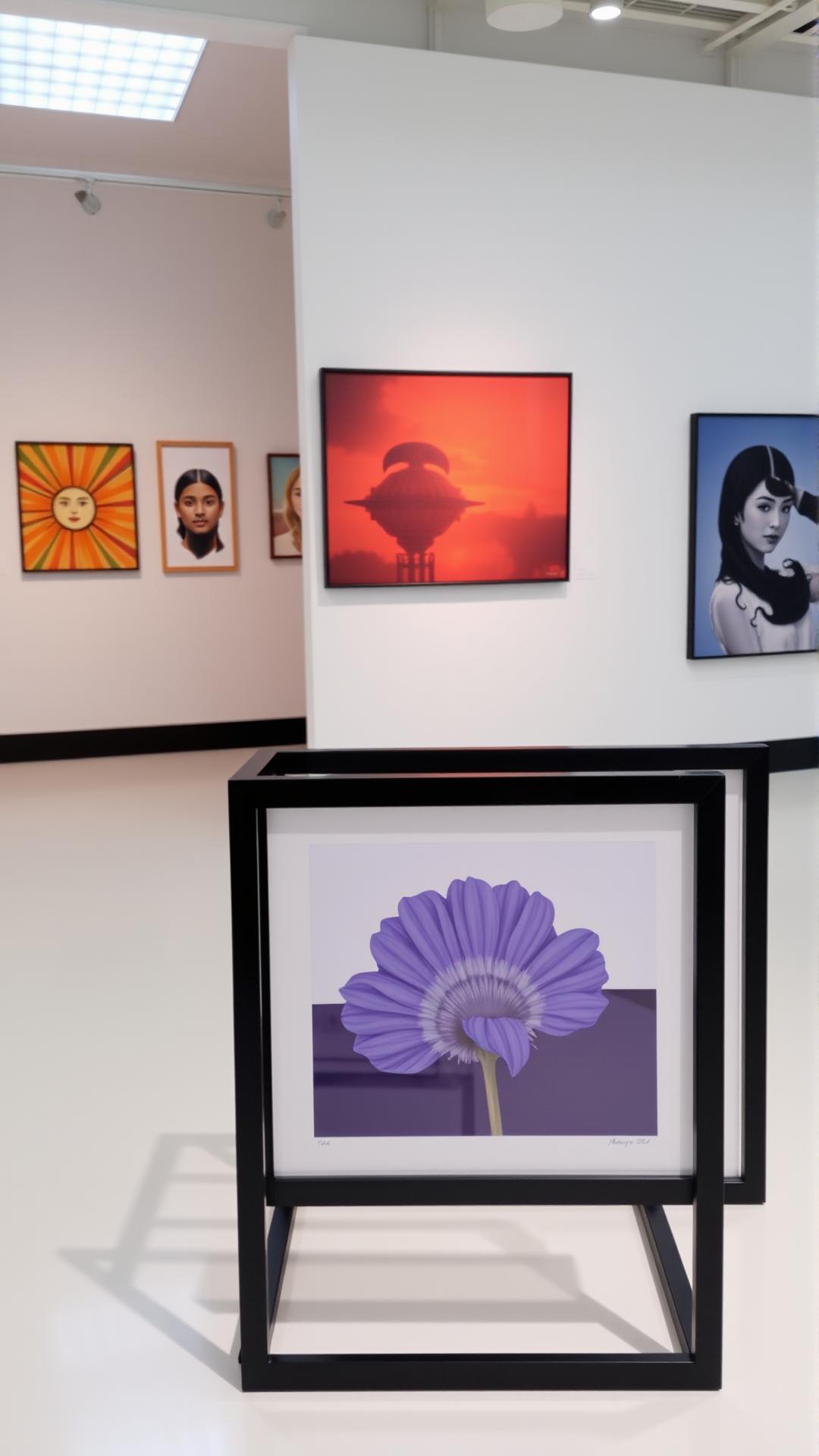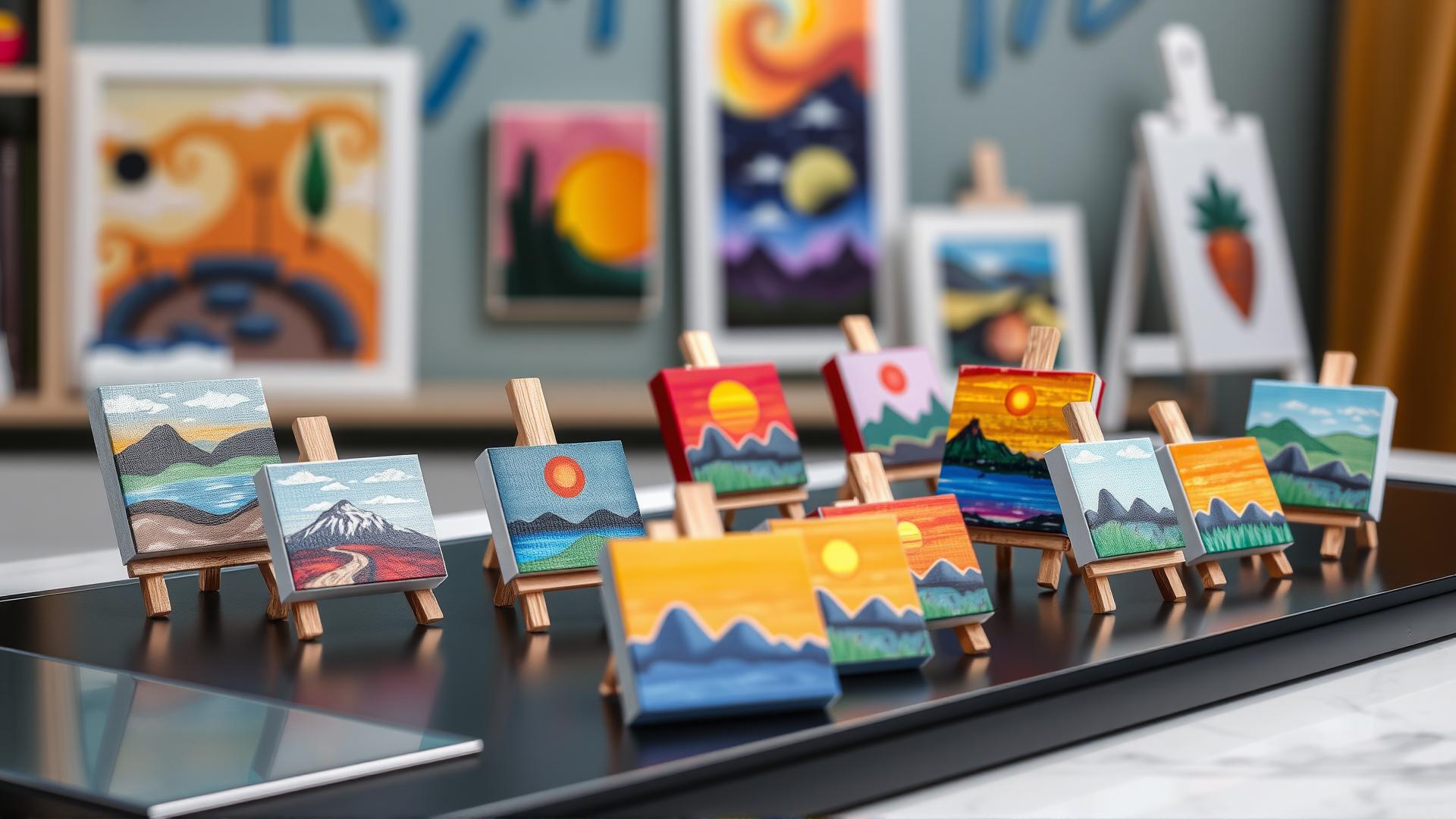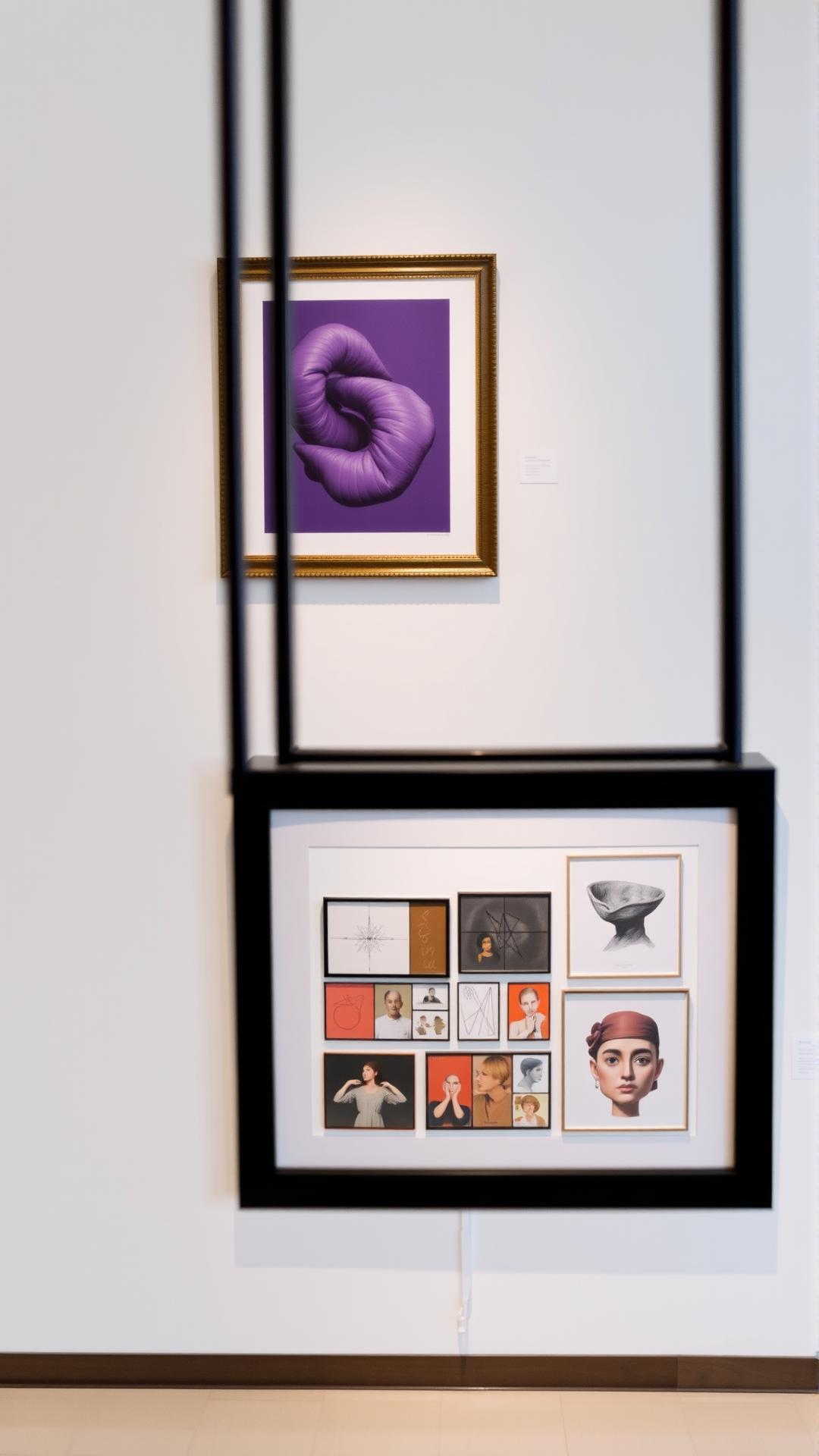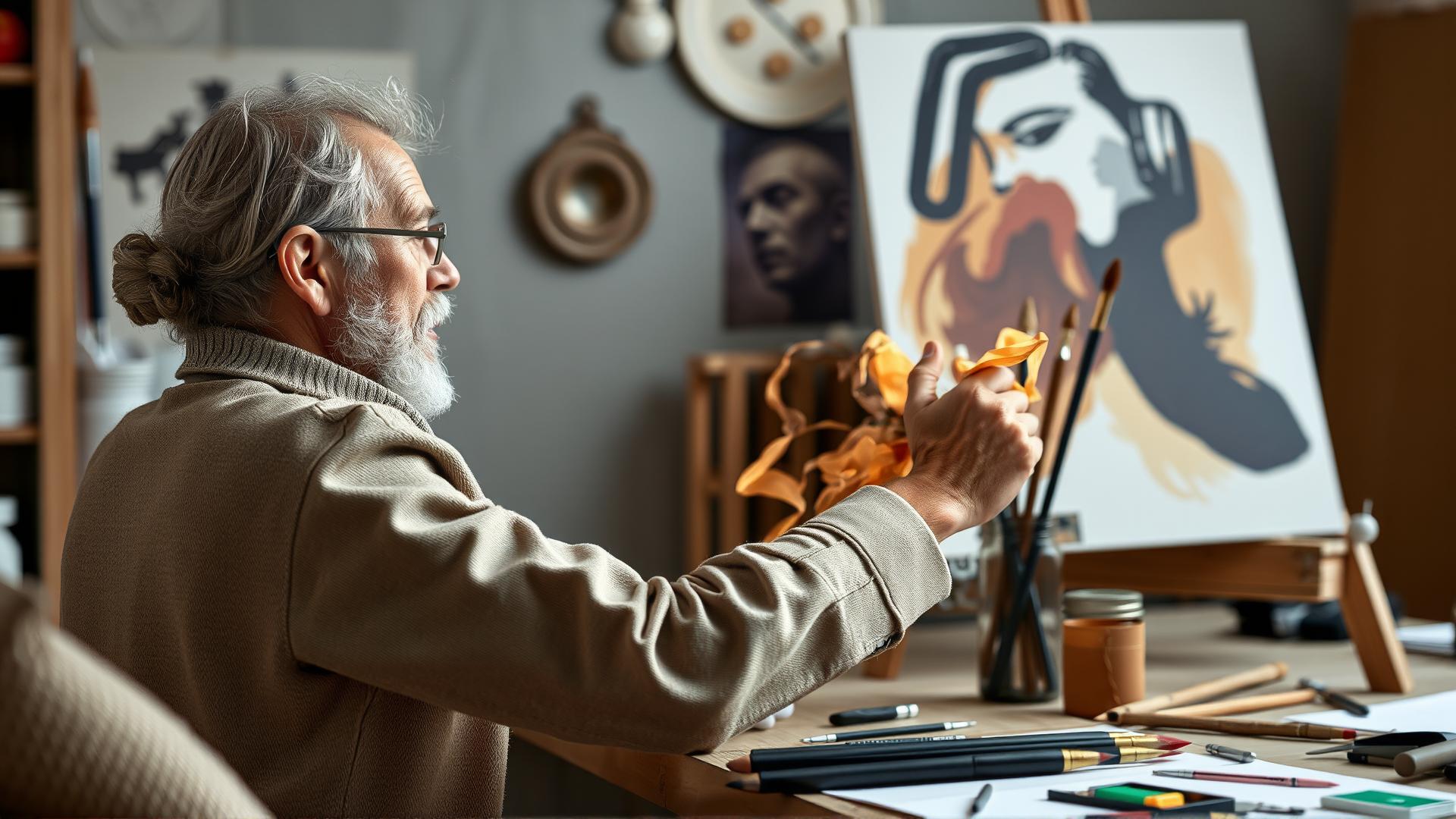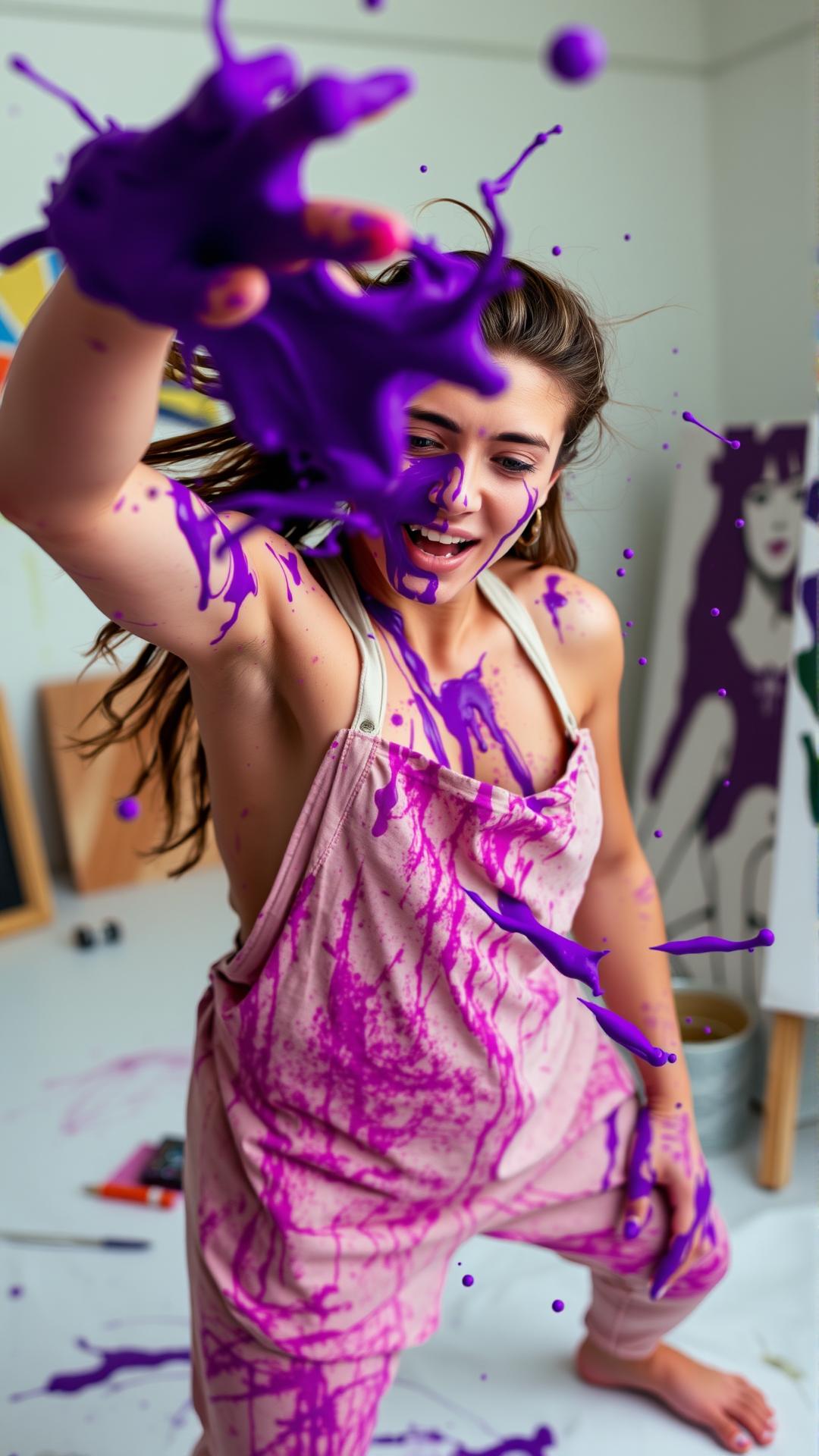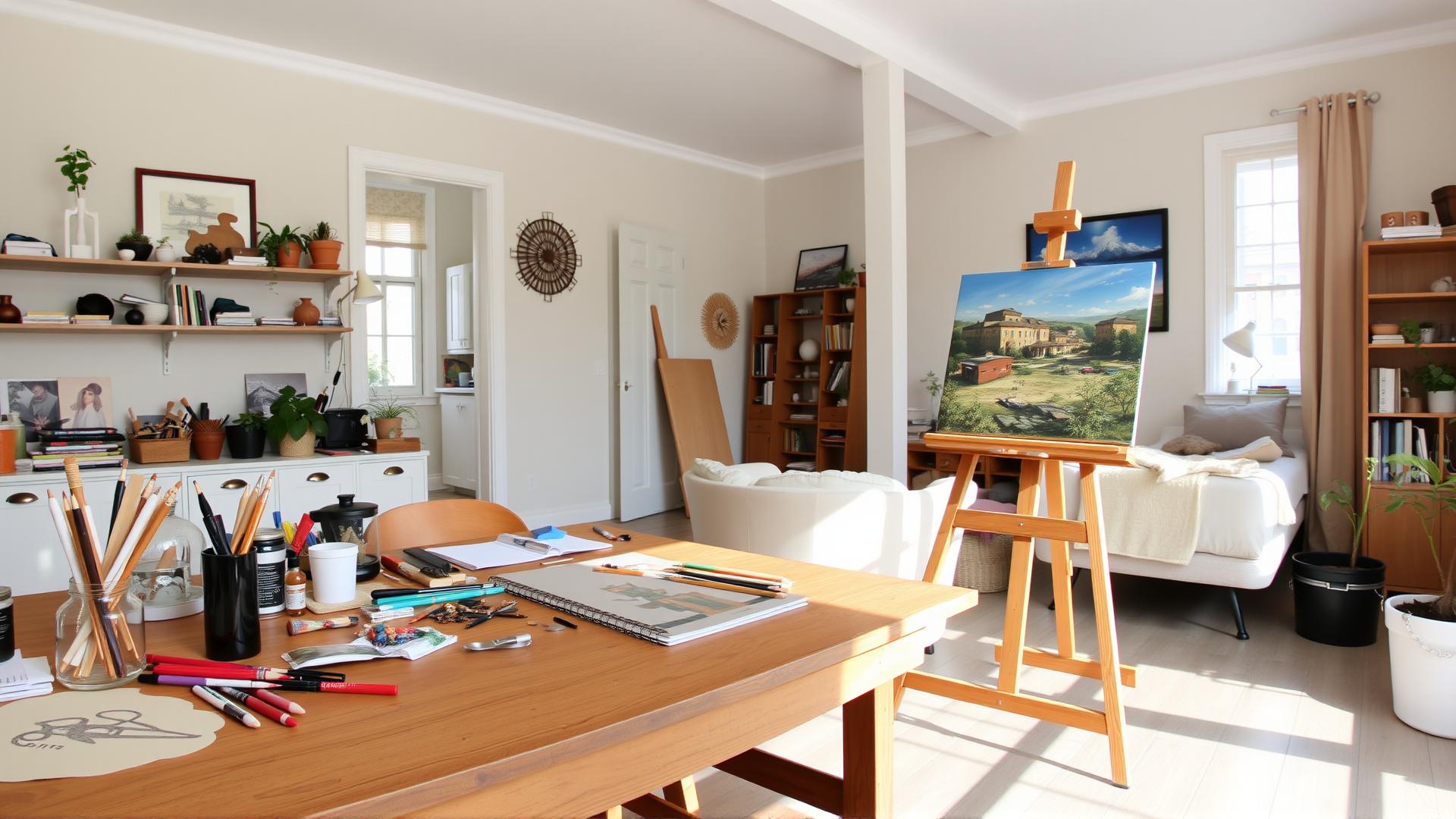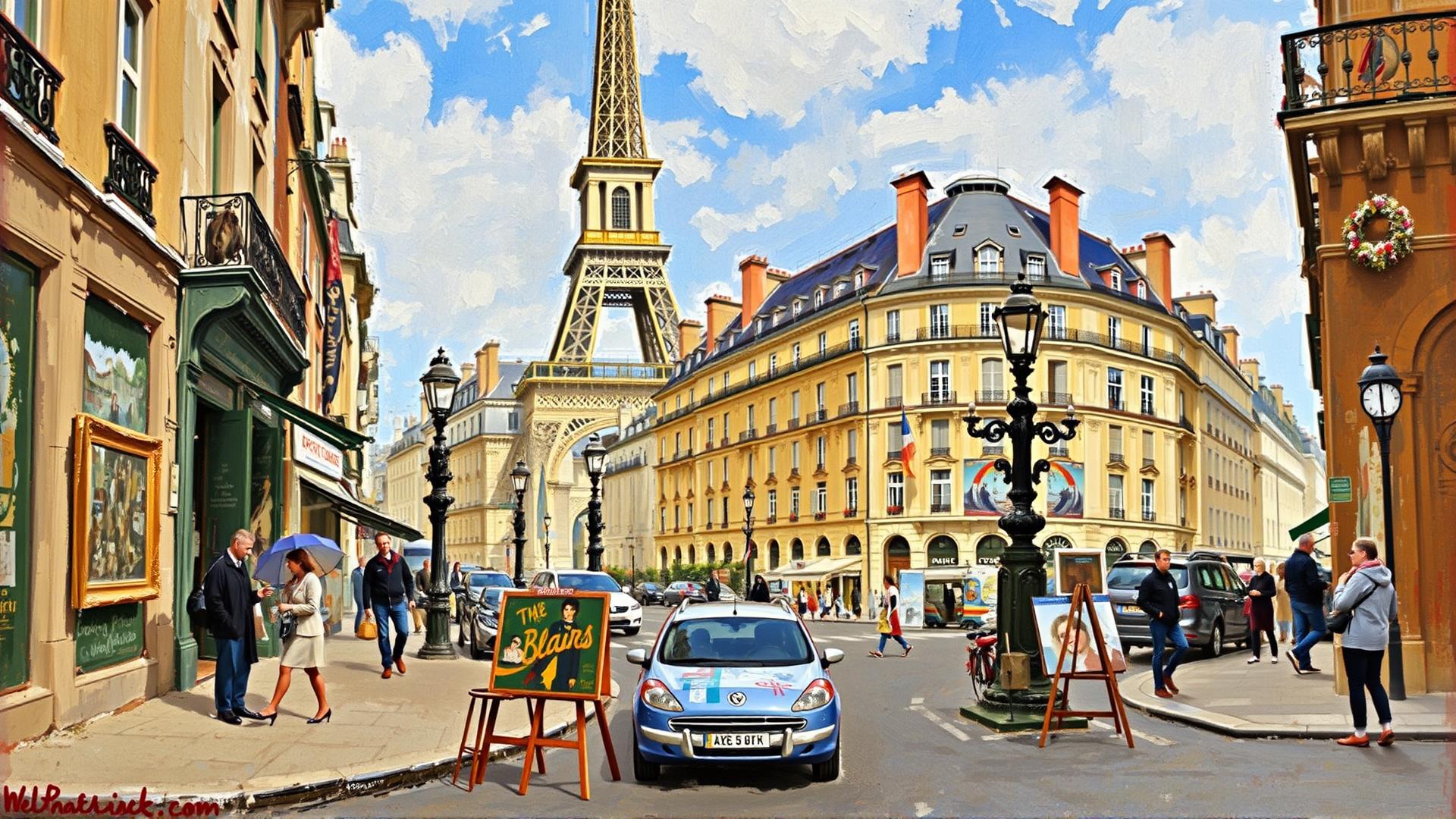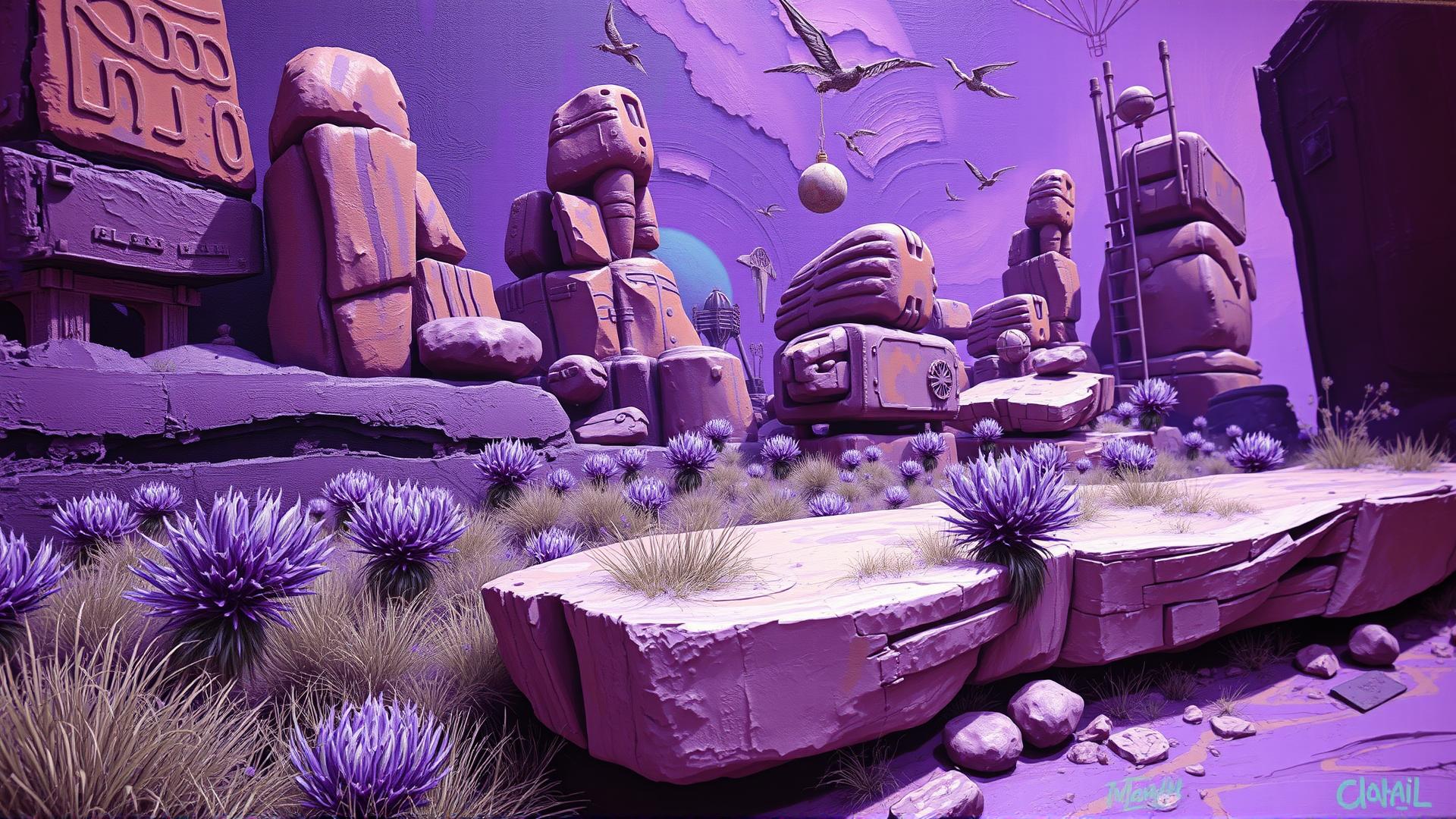
Unleashing Creativity With Bold And Unique Purple Painting Ideas
Introduction
Purple painting serves as a powerful medium for artistic expression, allowing creators to tap into the rich symbolism and emotional resonance associated with this captivating color. Historically, purple has been connected to royalty, luxury, and spirituality, making it a unique choice for artists seeking to convey deeper meanings in their work. The concept of color psychology plays a vital role in how purple is perceived, impacting the viewer’s emotions and thoughts. This article delves into various innovative purple painting ideas that can inspire artists to push beyond traditional boundaries and explore the unique depths that purple offers in their creative endeavors.
In the chapters ahead, we will examine essential techniques and styles to incorporate purple into artwork, showcasing its versatility and appeal. From the splashes of bold, vibrant hues to delicate pastel shades, purple can imbue paintings with a sense of magic and mystery. Whether you’re a seasoned artist or a beginner eager to experiment, this exploration will provide insights and inspiration for creating captivating purple-themed artworks that resonate with audiences.
The Significance of Purple in Art and Culture
Historical Context and Cultural Connections
Throughout history, purple has held a deeply significant place in art and culture, often symbolizing power, wealth, and a sense of the extraordinary. In ancient times, purple dye derived from the mucous glands of sea snails was rare and labor-intensive to produce, making it a luxury reserved for the elite. This exclusivity led to an association of the color with royalty; Roman emperors and Byzantine rulers donned purple to signify their grandeur and superiority. The idea that only the most powerful could afford to wear purple has endured, influencing modern views of the color.
The use of purple has varied dramatically across different movements. During the Renaissance, artists like Titian and Raphael incorporated purple into their works to represent spirituality and divine elements. With the advent of modern art, purple began to be used more boldly, embodying emotion and abstraction. Artists such as Vincent van Gogh utilized shades of purple to express intensity and passion, contributing to the broader narrative of how color can articulate complex human experiences.
Psychological Effects of Purple
The psychological implications of purple are profound and multifaceted. It evokes a range of emotions, from tranquility to creativity. The blend of warm red and cool blue creates a balance that can evoke feelings of calmness while also inspiring thoughtfulness and innovation. Purple is often linked to spirituality and introspection, making it a popular choice for artworks aimed at conveying deeper meanings. In many cultures, it is seen as a bridge between the earthly and the divine, lending it a spiritual significance that resonates with viewers on an emotional level.
The choice of purple in artworks can influence perception, turning a simple canvas into an evocative narrative. When artists use vivid purples, they invite audiences to engage emotionally, prompting both introspection and contemplation. The layered meanings that purple conveys are what make it such a powerful instrument in an artist’s palette. By experimenting with this color, artists can push boundaries, challenging viewers to question their own emotional responses and cultural associations.
Choosing the Right Shades of Purple
Understanding the Spectrum of Purple Shades
Purple is an evocative color that carries a diverse range of connotations, influenced by its specific shade. Selecting the right hue can significantly affect the emotional undertones of a painting. Understanding the spectrum of purple shades enables artists to communicate deeper meanings and moods effectively. Vibrant purples can exude energy and vitality, making them ideal for artworks meant to inspire and invigorate. Conversely, muted or darker purples often evoke feelings of tranquility and introspection, lending themselves well to reflective pieces.
Light and Dark Shades: Conveying Emotion
Light shades of purple, such as lavender and lilac, are often associated with serenity and calmness. These colors can create a soothing atmosphere in a painting, appealing to the viewer’s sense of peace. When used in landscapes or floral compositions, light purples can evoke the delicate beauty of a tranquil morning or the gentle presence of nature. They are particularly effective in works aimed at capturing fleeting moments or soft emotions.
On the other hand, darker shades like aubergine and eggplant can evoke a sense of sophistication and depth. These colors communicate power and richness, making them excellent choices for pieces that intend to delve into complex themes or emotions. Dark purple can serve as a grounding element in a painting, drawing the viewer’s gaze and encouraging contemplation. This tonal contrast allows artists to explore the interplay between light and shadow, adding layers of meaning to their work.
When combining different shades of purple, artists can create dynamic contrasts that enhance storytelling. A transition from a light lavender to a deep violet within the same piece can illustrate emotional shifts or the passage of time. This juxtaposition invites viewers to engage with the artwork on a deeper level, encouraging them to interpret the emotional narrative presented.
The choice of purple shades becomes a personal decision for the artist, rooted in their unique vision and the message they wish to convey. From breathtaking landscapes to intimate portraits, the thoughtful selection of purple hues has the potential to transform a simple canvas into a profound exploration of human experience and emotion. Adopting an intentional approach to color selection empowers artists to effectively wield purple as a means of creative expression.
Techniques for Painting with Purple
Mastering the Art of Purple Techniques
Purple, a color steeped in symbolism and emotion, lends itself beautifully to various painting techniques. By employing methods such as blending, layering, and creating texture, artists can breathe life into their canvases, thereby intensifying the depth and emotional resonance of their artwork.
Blending is a fundamental technique that allows artists to achieve a smooth transition between different shades of purple. This is particularly effective for creating atmospheric effects. Start with a base layer of a lighter purple, and gently add darker shades while using a soft brush or sponge to merge the colors at their boundaries. The key is to work while the paint is still wet, allowing the hues to mingle organically. Experimenting with the ratios of cool and warm purples can yield captivating gradients that evoke a range of feelings, from tranquility to passion.
Layering is another powerful method to consider when working with purple. This technique involves applying multiple layers of paint, enabling the artist to build depth and complexity. Begin by painting a solid base layer using a chosen shade of purple. Once it dries, add translucent layers of lighter or darker purples to develop shadows and highlights. The interplay between the underlayers and top layers creates a luminous quality, imbuing the composition with life and movement. For instance, a series of violet layers can suggest a delicate floral arrangement, while deeper plum shades may evoke a more brooding or serene atmosphere.
Creating texture is essential when exploring the multifaceted nature of purple. Artists can implement techniques such as impasto, where thick paint is applied directly to the canvas. This not only adds physical texture but also enhances the visual impact of the purple hues. Tools such as palette knives or even unconventional items like sponges and cloths can be used to add dimension and visual interest. By incorporating these textured elements into purple paintings, an artist can invite viewers to engage more intimately with the piece, allowing them to explore the emotional contexts embedded within the textured layers.
By mastering these painting techniques, artists can fully harness the potential of purple. Whether seeking to convey a mood, evoke a nostalgic memory, or explore complex themes, blending, layering, and texture will enrich the overall experience, allowing creativity to flourish within each brushstroke.
Incorporating Themes with Purple Paintings
Enhancing Emotional Depth through Thematic Choices
Purple, a color steeped in mystery and complexity, serves as an extraordinary canvas for artists looking to infuse their work with rich emotional themes. The enigmatic nature of purple provides an excellent backdrop for exploring themes such as introspection, spirituality, and even romance. By intertwining these themes with their artwork, artists can create a more powerful narrative that resonates on a deeper level with viewers.
Introspection is perhaps one of the most profound themes that can be artfully paired with purple. The various shades of purple, from soft lavender to deep aubergine, evoke feelings of contemplation and introspective thought. An artist might create a scene filled with swirling purple tones to visually represent a journey within oneself, exploring emotions such as confusion, clarity, and revelation. This theme allows viewers to connect not only with the artwork but also with their own inner dialogues, making the experience profound and personal.
Spirituality is another theme that harmonizes beautifully with purple painting. In many cultures, purple is associated with royalty, mysticism, and spiritual elevation. Artists can utilize rich, vibrant purples to symbolize higher consciousness or a connection with the divine. By incorporating sacred symbols, ethereal landscapes, or abstract representations of spiritual energy, the artwork becomes a conduit for viewers to experience a sense of peace, enlightenment, and transcendence. This emotional depth draws viewers in, evoking feelings that reach beyond the visual experience.
Romance, with its myriad of emotions, provides a captivating theme that pairs well with purple hues. The alluring and passionate aspects of purple can amplify expressions of love, longing, and desire in artwork. An artist could craft a romantic scene infused with purple tones, representing twilight or the enchanting moments of falling in love. The emotional gravity of these themes not only captivates the eye but also tugs at the heartstrings, making the work memorable and evocative.
Blending themes with purple painting creates a multi-layered emotional experience for the audience. The power of purple lies in its ability to evoke profound feelings, and when coupled with thoughtfully chosen themes, artists can truly create works that inspire, provoke thought, and resonate deeply within the hearts of viewers. This exploration of themes allows for a richer engagement with the artwork, enhancing the emotional depth that purple inherently embodies.
Showcasing Your Purple Art Display and Share with Flair
Understanding Mediums and Their Unique Presentation
When showcasing purple artworks, the medium you choose significantly influences how the colors and textures are perceived. For instance, oil paintings often exude depth, allowing the rich hues of purple to convey emotions profoundly. In contrast, acrylics, with their vibrant and quick-drying nature, can create striking visuals that attract immediate attention. Watercolors, on the other hand, may offer a gentle softness, ideal for evoking subtle feelings associated with the color. Recognizing the characteristics of your chosen medium is essential for displaying your work effectively.
Consider framing options that complement your purple palette. Dark frames can create a stunning contrast, making the shades pop, while lighter frames can provide a softer, more harmonious balance. Ensure that your choice enhances not just the artwork but also the emotional narrative you wish to convey through its display.
Optimal Platforms for Sharing Your Work
In our digitally connected society, sharing your purple artworks means tapping into various platforms, each having its own unique audience. Social media platforms like Instagram and Pinterest are visually driven, making them perfect for showcasing colorful artwork. Here, utilize high-quality images to highlight the vibrancy of your purple shades. Use hashtags strategically, such as #PurpleArt or #ColorInspiration, to reach wider audiences interested in the color and its emotional implications.
Beyond social media, consider creating a personal website or portfolio where you can share not only images but also insights into your artistic process and interpretations of the color purple. This personal space can cultivate a deeper connection with your audience, allowing them to understand the emotions and thoughts behind each piece.
Participating in local galleries or exhibitions is another effective way to showcase your purple creations. Live events allow potential buyers and art enthusiasts to experience the physical presence of your work, making the color’s impact even more profound. Networking with other artists and engaging with community events cultivates relationships and fosters opportunities for future collaborations.
Remember to document your displays and share your experiences online; this not only engages your audience but also builds your artist brand. Whether through a casual post or an elaborate blog, sharing your journey can encourage others to appreciate and delve into the art of purple.
Embracing Experimentation in Purple Art
Transforming Concepts into Colorful Journeys
To truly harness the expressive potential of purple in art, one must not shy away from experimentation. Purple, a color steeped in duality—representing both calmness and creativity—provides a fertile ground for artists seeking to explore diverse emotions and themes. By stepping outside traditional methodologies and diving into novel approaches, artists can make purple not just a hue but an essential element of their creative voice.
Experimentation begins with understanding the vast array of shades within the purple spectrum. From deep violets to soft lavenders, artists can mix and match these tones to evoke certain feelings and themes. Consider incorporating contrasting colors like yellows or greens to make purple pop. This vibrant juxtaposition can create striking visual narratives that draw viewers in and provoke thought.
Techniques to Push Boundaries
There are numerous techniques that can amplify the impact of purple in an artwork. Some unique methods include:
- Layering: Experiment with transparent glazes of purple over other colors. This technique can create depth and intrigue, allowing the underlying tones to influence the perception of the purple layer.
- Mixed Media: Combine traditional painting methods with materials like fabric, paper, or even found objects. This fusion can lead to unexpected textures and aesthetics, enhancing the emotional impact of the purple.
- Non-Traditional Tools: Use unconventional tools like sponges, palette knives, or even fingers to apply purple paint. This tactile experience can shift how the artist interacts with the color, fostering spontaneity and originality in their work.
Incorporating purple into daily practices also invites artists to keep a sketchbook or visual journal. This space serves as a playful experimentation ground, enabling individuals to document purple sketches, color swatches, and spontaneous ideas. Over time, these explorations will evolve into a unique visual language that speaks to personal experiences and sentiments.
This journey is about joyful exploration and self-expression rather than striving for perfection. When artists embrace the multi-layered complexities of purple and take bold leaps into new techniques and expressions, they pave the way for authenticity and innovation in their artistic endeavors.
Conclusions
Throughout this article, we’ve discovered the multifaceted nature of purple as an artistic choice. Its association with luxury, spirituality, and emotional depth makes it a compelling color for artists aiming to create works that provoke thought and elicit emotional responses. By experimenting with the diverse techniques discussed, such as blending, layering, and juxtaposition of different shades of purple, artists can unlock new dimensions in their creative expressions. The exploration of purple in painting is not merely about pigment; it’s about forging connections with the audience, invoking feelings of wonder and introspection.
Embracing bold and unique purple painting ideas can elevate one’s artistic journey. Drawing on the history and psychological implications of this captivating color empowers artists to create pieces that are not only aesthetically pleasing but also rich in meaning. As you embark on your next artistic project, allow purple to guide you into realms of creativity that reflect your deepest emotions and thoughts, inviting viewers to experience the magic that this color can bring.
